
Sony has revolutionised the world of gaming with PlayStation consoles ever since the first PlayStation was launched in 1994. Since then, the company has significantly improved the specs and overall experience with each successive PlayStation console. PlayStation consoles are also known for their great exclusive games like God of War, Uncharted, Ratchet & Clank, The Last of Us, and more. Besides these, Sony has designed some of the best controllers with the DualShock series (and the new DualSense controllers). Here’s how PlayStation consoles have evolved over the years:
Table of Contents
PlayStation (1994)
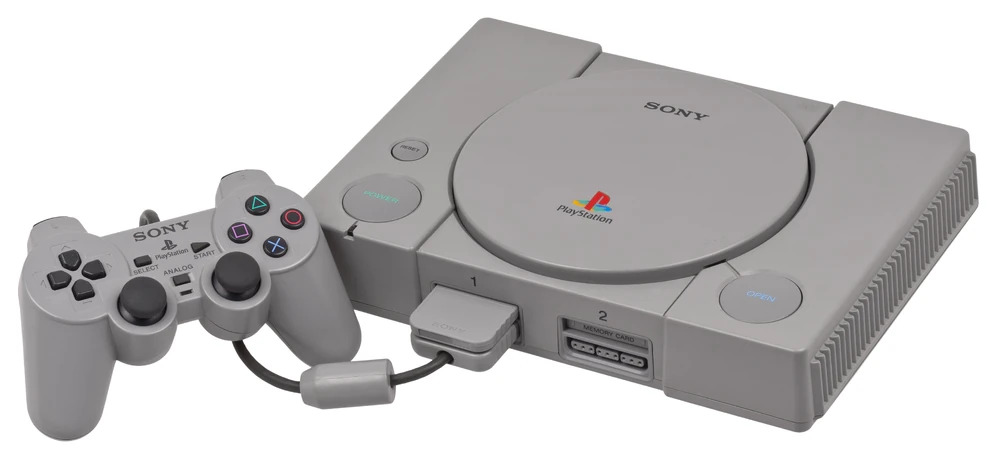
Sony launched the first PlayStation console back in December 1994. It was originally launched in Japan and it was very well received. The original PlayStation became the first console to sell over 100 million units. It is said that the console was created after a failed partnership between Sony and Nintendo. Sony was originally developing an add-on for Super Nintendo. However, the company later developed a full-fledged console that would go on to compete with Nintendo 64 and Sega Saturn. The original PlayStation played a major role in gaming history as it transitioned the industry from 2D graphics to real-time 3D rendering.
Pros
- Real-time 3D rendering
Cons
- Short controller cables
- Slow load times
PS One (2000)
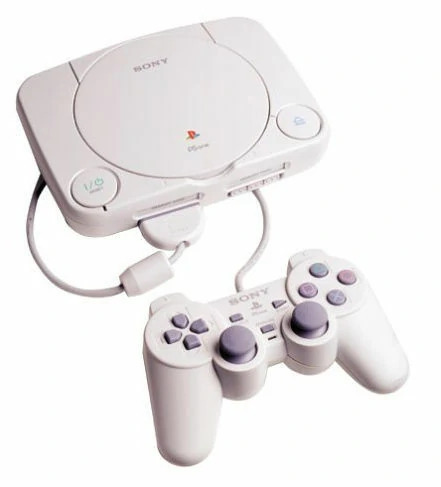
Sony had launched PS One as a compact version of the original console and an affordable alternative to PS2. The console had some UI tweaks and a little bit different design. Besides these, the console had the same hardware under the hood as the original PlayStation. Sony had also released a combo pack for PS One that came with a 5-inch LCD display compatible with the console. The PS One managed to sell a total of 28shortly after its launch, but it managed to ship 102 million units of the console in 2000, outselling Sony’s own PlayStation 2 that year.
Pros
- Compact design
Cons
- Short controller cables
- No reset button
PlayStation 2 (2000)

PlayStation 2 was originally released in Japan in March 2000. The PS2 had launched with Emotion Engine CPU and it was backward compatible with most PlayStation games. Backward compatibility was a pretty rare feature at the time, and it helped the console compete against the likes of GameCube, Xbox, and Dreamcast. Alongside playing games, the PS2 also allowed users to play DVD movies. PS2 is the best-selling console for Sony with over 155 million units sold in 12 years. Besides these, PS2 had a massive library of games with more than 2,000 games.
Pros
- Backward compatibility with PlayStation games
- Huge library of supported games
- DualShock 2 controllers
Cons
- Limited controller ports
- Needs a lot of memory cards
PlayStation 2 Slim (2004)
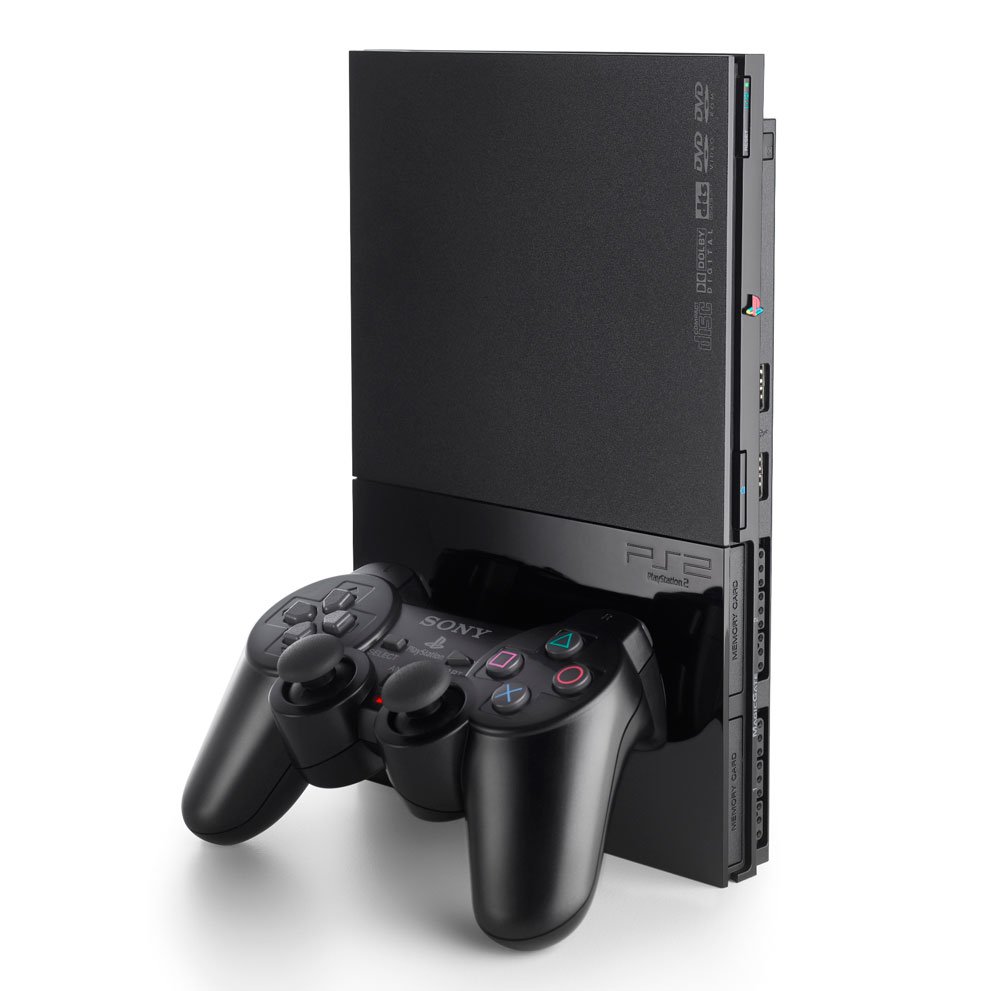
PlayStation 2 Slim is a slimmer and lighter version of PS2. The Slim version also runs quieter than the standard PS2 and it comes with an Ethernet port that lets you play certain multiplayer games online. That said, its smaller form factor didn’t allow PS2 Slim to support an internal HDD. Even with its compact design, PS2 Slim didn’t manage to be as popular as the PS2.
Pros
- Slimmer and thinner form factor
- Built-in Ethernet port
Cons
- No HDD support
PlayStation Portable (2004)
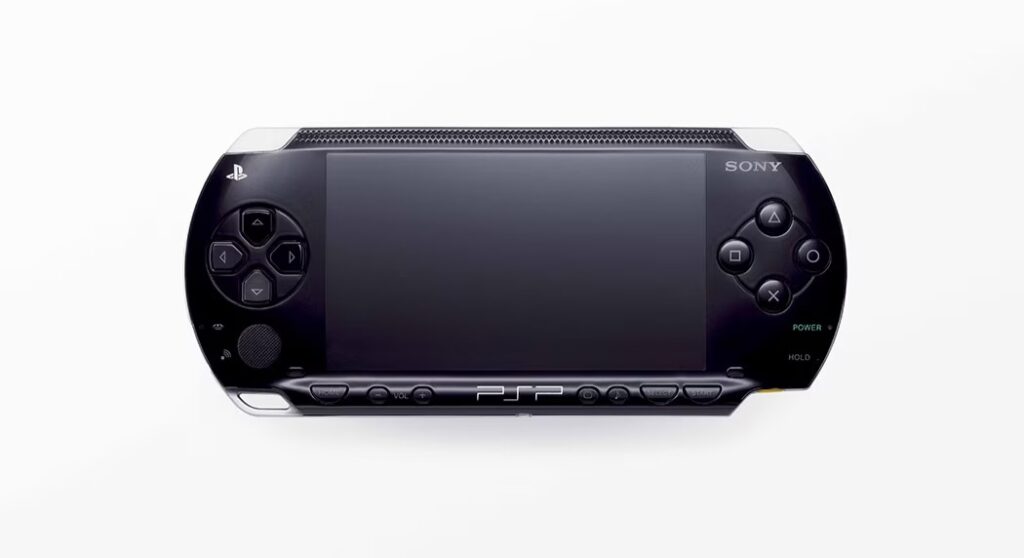
PlayStation Portable was Sony’s first handheld console that was launched in 2005. The console had many features inspired by the traditional PlayStation controller alongside adjustments made for handheld gaming. PSP had many iconic games like GTA: Vice City Stories, GTA: Liberty City Stories, NFS Underground: Rivals, and others that developers had ported for a fun handheld experience. Besides these, you could also play movies and music on a PSP using a data stick.
Pros
- Decent graphics and gameplay experience for a handheld console
- A lot of PlayStation and PS2 games ported to the PSP
Cons
- Low battery life
PlayStation 3 (2006)
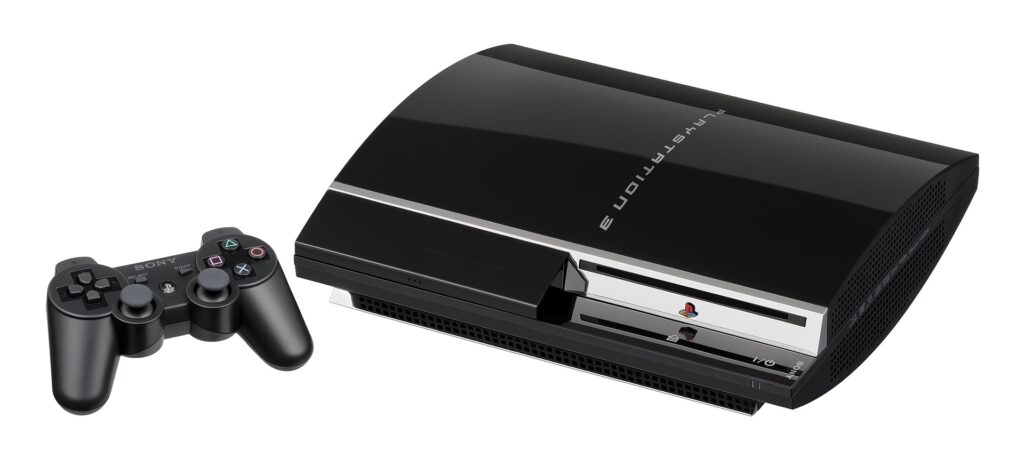
Sony first released PlayStation 3 in Japan in November 2006, followed by a North American release a week later. PS3 was the first console with a Blu-ray disc drive and it was powered by a chip designed in partnership with IBM and Toshiba, called the Cell processor. However, the Cell processor was somewhat controversial among developers, considering how difficult it was for programming. Besides these, PS3 was also the first console to support HDMI and 1080p output as well as Wi-Fi connectivity and PlayStation Network. That said, the PlasyStation 3 received mixed reviews due to its high price tag and lack of quality games. This is perhaps why the PS3 did not sell more than 90 million units (data as of 2017).
Pros
- Blu-ray disc drive
- 1080p gameplay and Wi-Fi connectivity
Cons
- Lack of backward compatibility for PS2 games
- High price tag
PlayStation 3 Slim (2009)
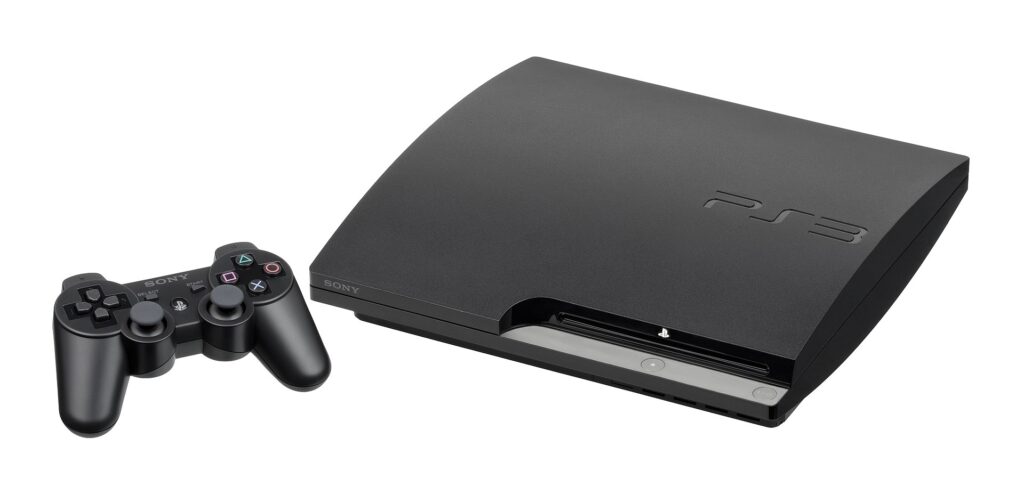
Similar to the PS2 Slim, the PlayStation 3 Slim was a slimmer and lighter version of the PS3. It also featured a new logo and ran much quieter as well as required less power than the original PS3. Besides these, there were some UI tweaks to make the experience even better. The slim version had also moved the power button at the back of the console.
Pros
- Compact design
- Less power consumption
Cons
- Lack of backward compatibility for PS2 games
- Lack of quality games
PlayStation Vita (2011)
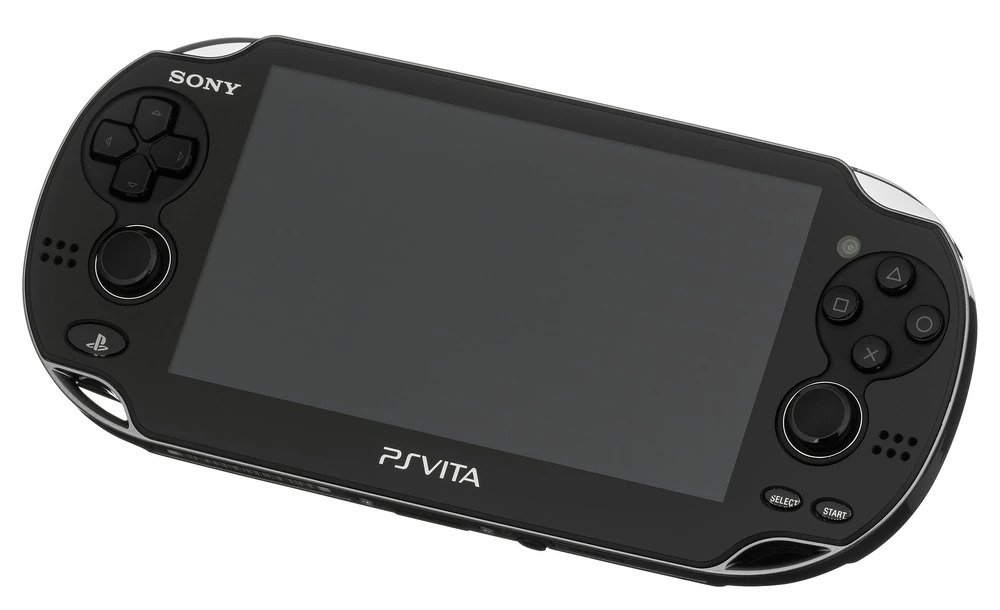
PlayStation Vita is the successor to the critically acclaimed handheld console, PSP. PS Vita came with multiple improvements over its predecessor, with the most obvious one being dual analogue sticks. PS Vita also had a 5-inch touch display, which wasn’t present on the PSP. Even with all the improvements and a great design, PS Vita failed to achieve commercial success for Sony. The handheld console also had limited support from established developers like Activision and Capcom, resulting in fewer game ports.
Pros
- Much better controls
- OLED touch screen
Cons
- Low battery life
- Fewer games
PlayStation 3 Super Slim (2012)
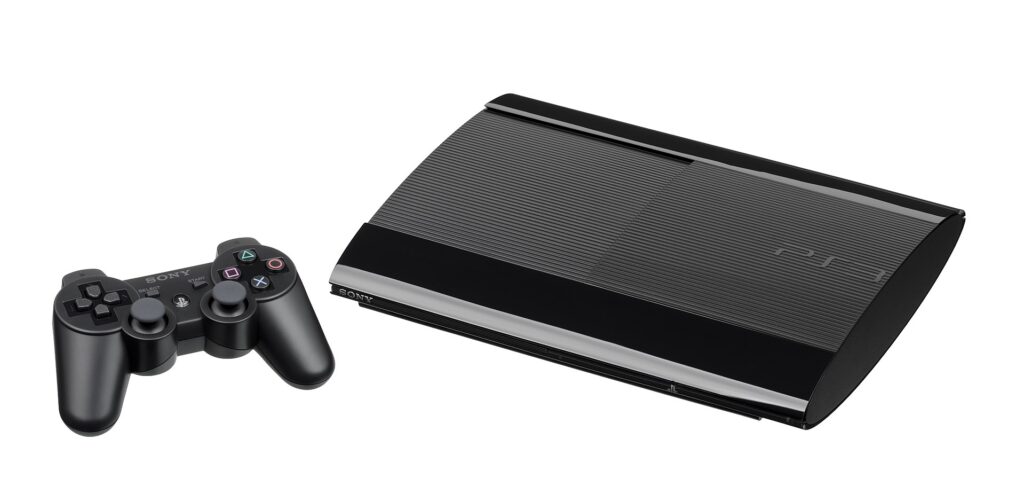
PlayStation 3 Super Slim was the first console in the series to serve as a second design refresh for a mainline console. For PS3 Super Slim, Sony had replaced the front disc slot with a redesigned chassis that incorporated a sliding lid to cover the optical drive, which can be accessed from the top. PS3 Super Slim was much lighter and slimmer than the PS3 Slim. The Super Slim version came in 250GB or 500GB hard drive variants.
Pros
- Smaller and lighter form factor
- Same powerful hardware as the PS3
Cons
- Manual sliding disc tray
PlayStation 4 (2013)
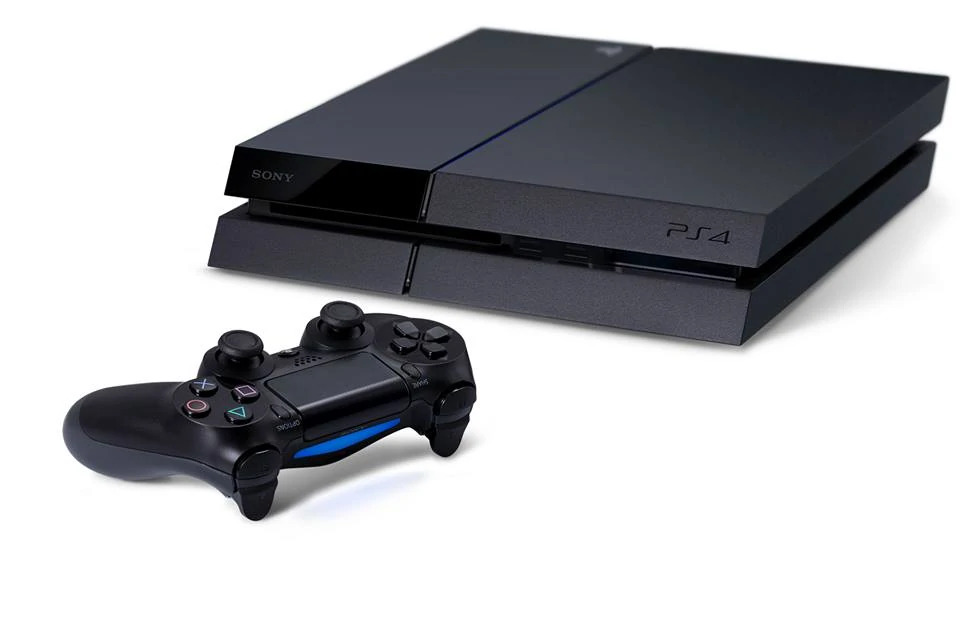
PlayStation 4 is an iconic console in the franchise, which debuted in North America in November 2013. Sony had managed to sell one million units within 24 hours, which made it the fastest-selling console ever in a 24-hour period. Sony had significantly improved the hardware in PS4 with an 8-core AMD processor and an AMD Radeon GPU. PS4 also allowed players to upload and share gameplay clips and its DualShock 4 controller came with a dedicated Share button alongside headset and mic ports. What made PS4 even special was its line-up of fantastic PlayStation-exclusive games, which was kicked off by Uncharted: The Nathan Drake Collection. Finally, PS4 was the first console in the franchise to support VR gaming with PlayStation VR.
Pros
- Great hardware to support 1080p gaming
- DualShock 4 controller
- Fantastic library of exclusives
Cons
- Lack of backward compatibility with PS3 games
- Limited gameplay recording
PlayStation 4 Slim (2016)
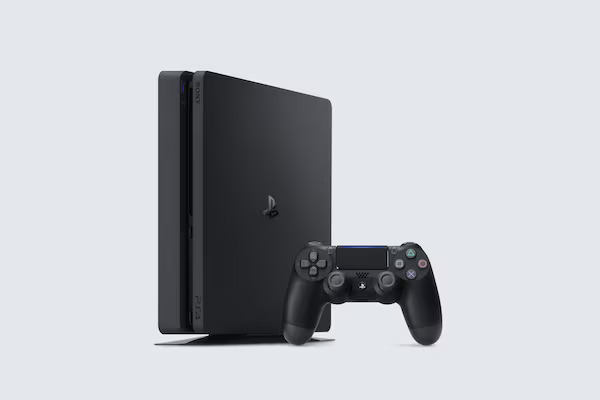
Sony continued the tradition of launching smaller and lighter variants of its consoles with PlayStation 4 Slim. PS4 Slim had a slightly different design with a slimmer form factor and rounded edges. The console was more power efficient and runs quieter than the standard PS4. PS4 Slim also came with additional features like 5GHz Wi-Fi, USB 3.1, and Bluetooth 4.0.
Pros
- Slimmer and thinner form factor
- Power efficient
Cons
- Lack of optical audio
- No in-built 4K Blu-ray player
PlayStation 4 Pro (2016)

Unlike previous PlayStation design refreshes from Sony, PS4 Pro comes with a significant bump in specs and performance. The PS4 Pro promised to deliver twice the amount of GPU performance compared to the original PS4. As a result, compatible games can achieve better visuals and improved frame rates on PS4 Pro. The console also delivers a much better experience with PS VR compared to that on the PS4.
Pros
- Improved overall performance
- Great PS VR experience
Cons
- No 4K Blu-ray drive
PlayStation 5 (2020)
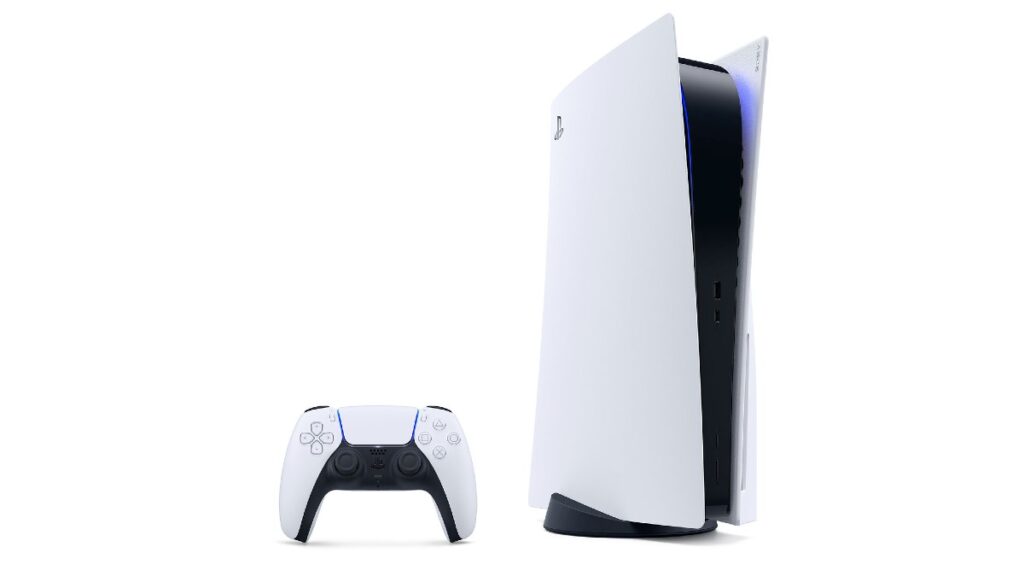
PlayStation 5 is the latest PlayStation console from Sony and it was launched in two variants: PS5 disk and PS5 Digital Edition. The only difference between these consoles is that the Digital Edition does not have a Blu-ray disc drive. Sony faced a lot of issues with PS5 stocks due to the COVID-19 pandemic and chip shortage, but the issues have been mostly resolved now. PS5 has much superior hardware than all the previous consoles to deliver up to 4K 60 FPS gameplay in supported games. Besides these, the console features blazing-fast loading speeds, streamlined UI, and 3D audio. PS5 also comes with DualSense controller that offers excellent haptic feedback and adaptive triggers.
Pros
- Some of the best console gaming experience
- Up to 4K 60 FPS gameplay
- Fast load times
- Backward compatibility with PS4 games
Cons
- Only 667GB is usable from 1TB internal storage




















